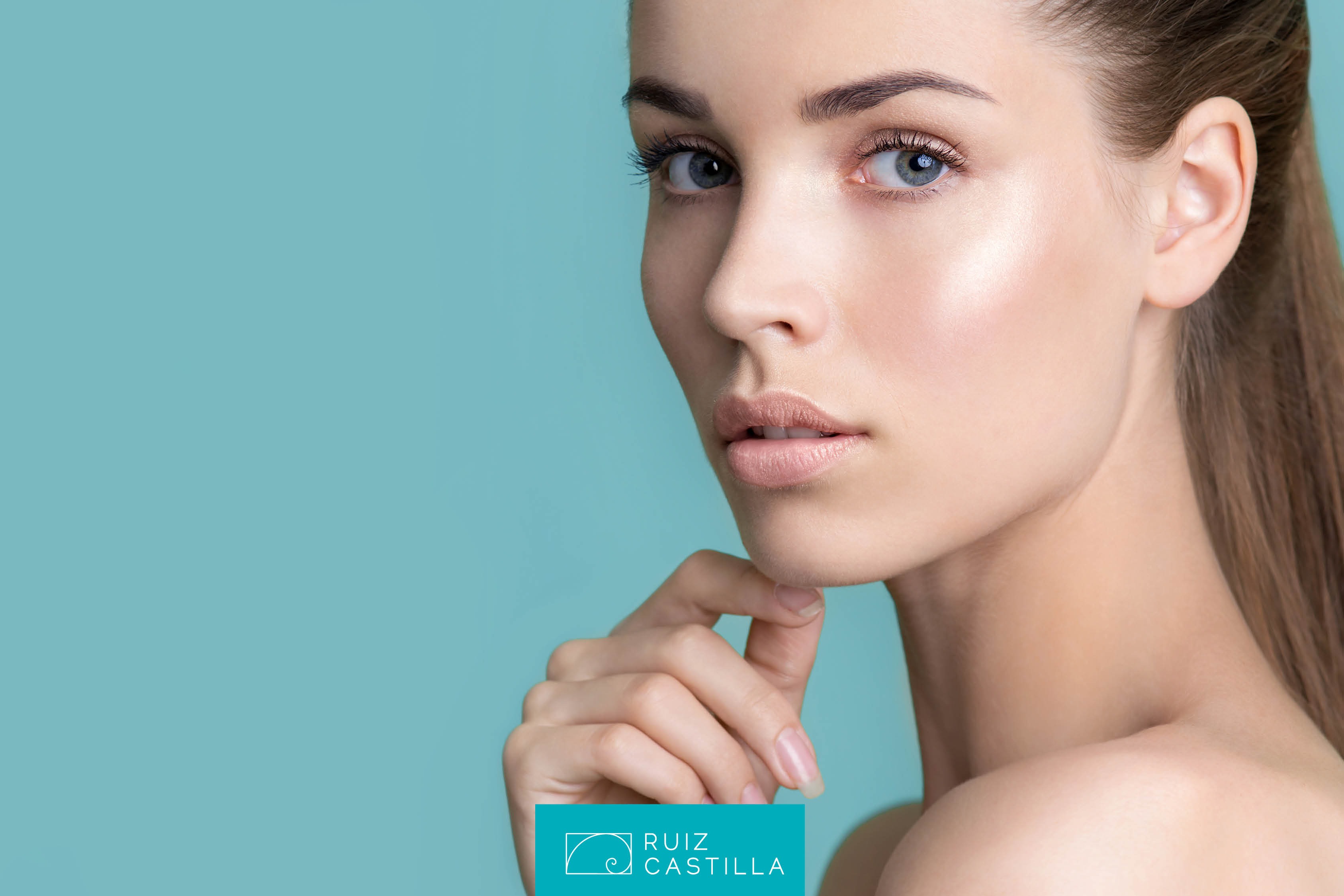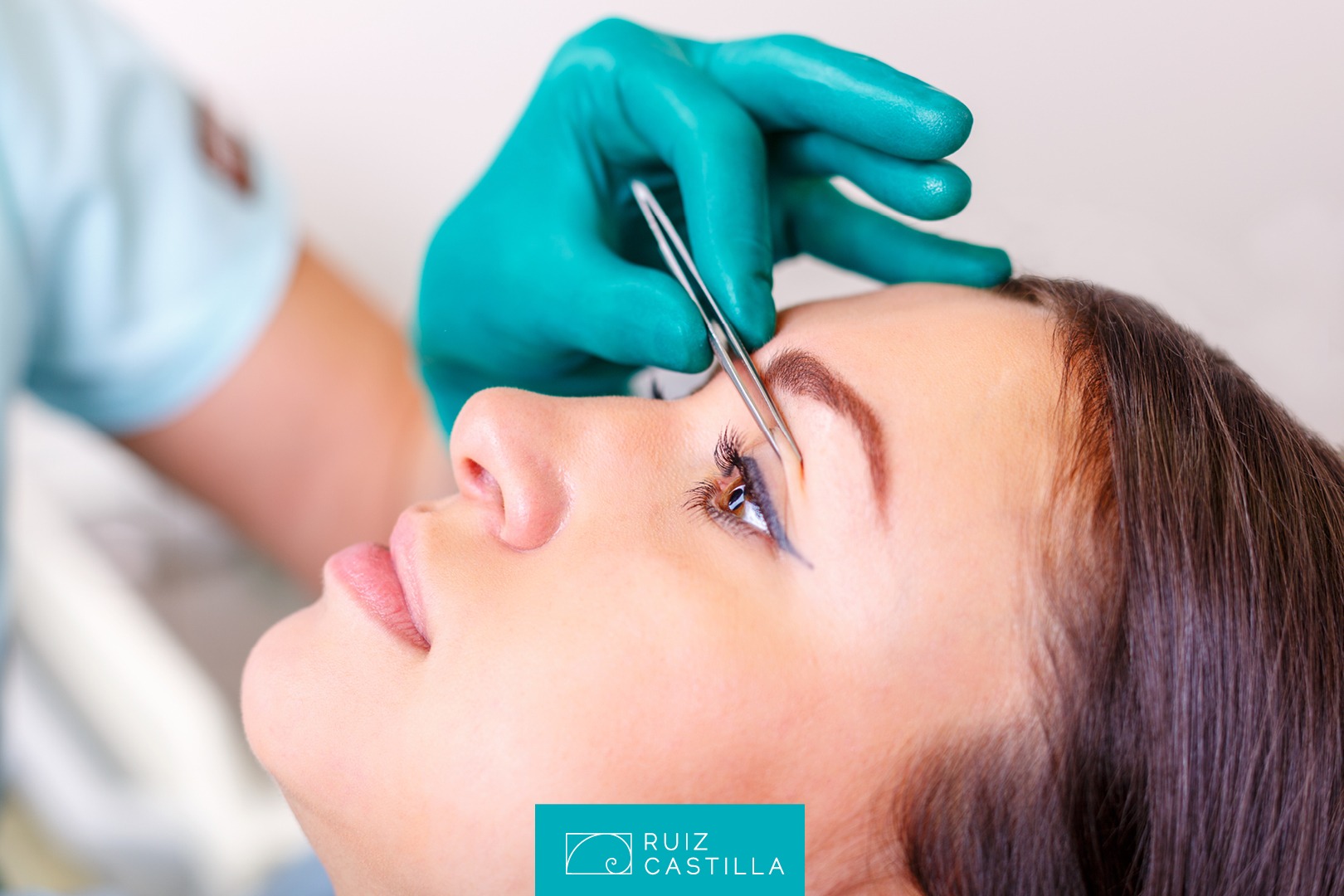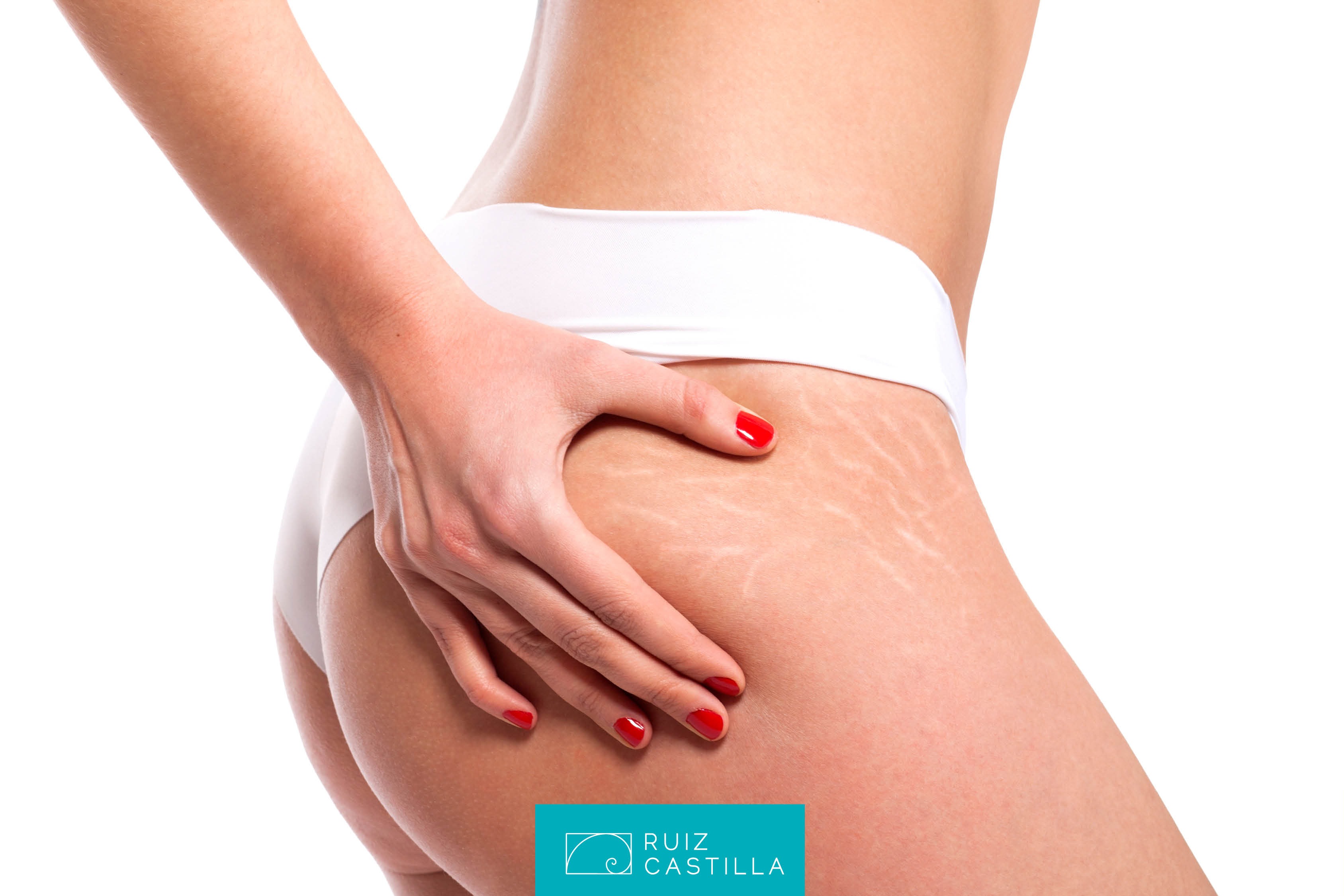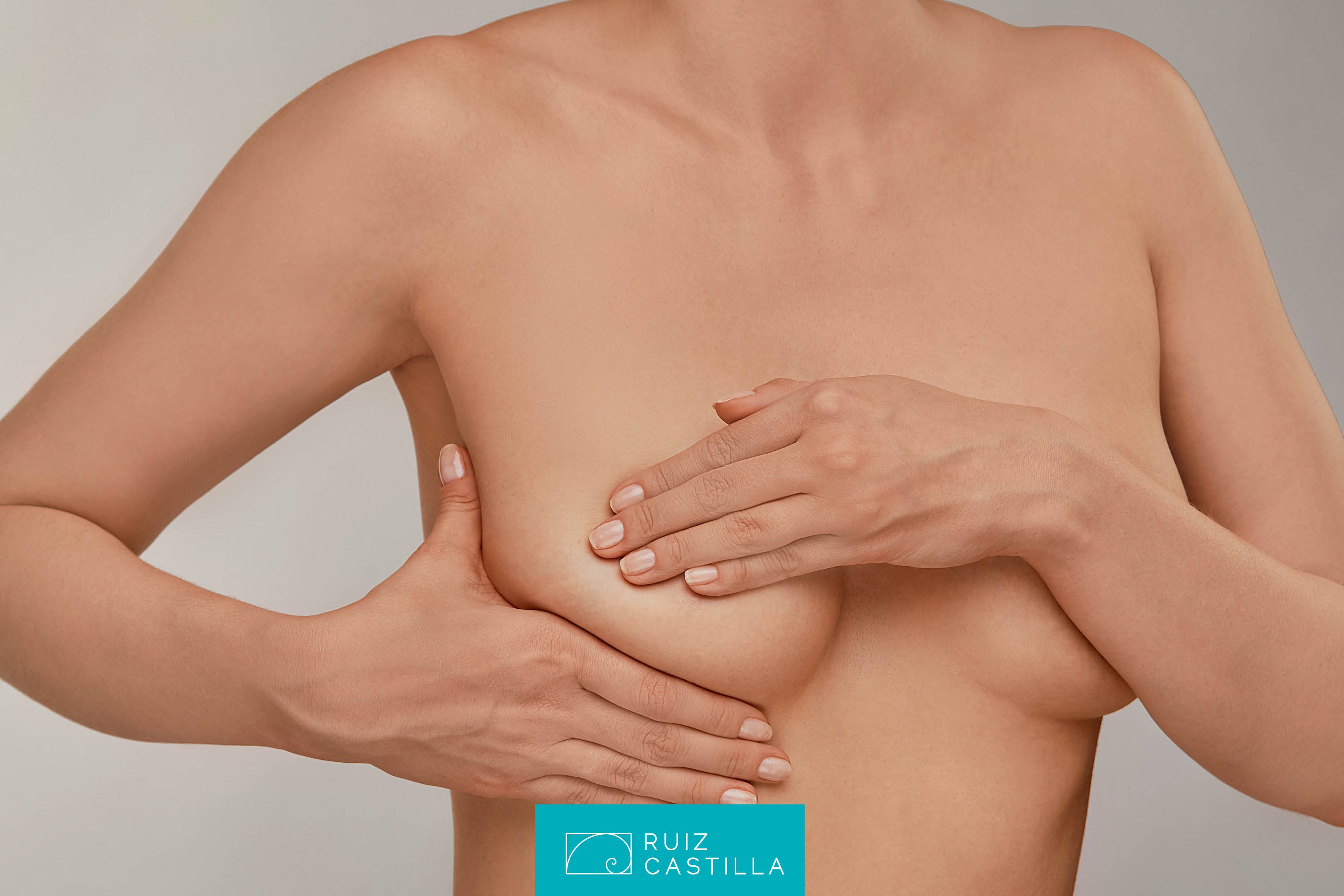Facial aesthetics and rejuvenation techniques have developed rapidly due to changes in the products and procedures available and also in response to demographic trends. Today, these approaches can be adapted to each particular patient in order to treat multiple areas of the face or body.
In general, these techniques perform better in combination than when applied individually. The therapies that can be combined include fillers, chemical peeling, intense pulsed light (IPL), and ablative and non-ablative laser treatment.
The desire for a more youthful appearance, with minimum risk and a rapid recovery, has led to the development of non-invasive rejuvenation techniques. Recently, a range of Fractional Laser systems (ResurFX®), have allowed selective dermal remodelling without damaging the epidermis and thus increasing the effectiveness of the treatment.
There are two types of resurfacing and rejuvenation therapies: ablative, and non-ablative. Non-ablative techniques involve the use of lasers, pulsed light, radiofrequency, chemical peeling and novel treatments such as microneedling and photodynamic therapy.
Laser.
Laser is the most widely used therapy for advanced facial photoaging, certain benign tumors, and acne scars.
Non-ablative laser resurfacing
This minimally invasive technique is performed with intense pulsed light (IPL) and infrared lasers (1000-1500 nm) which are absorbed by the water in the deep tissues, without harming the epidermis. The heat applied stimulates the formation of collagen and elastin, which enhances the appearance of skin with mild to moderate photodamage. The results are not as good as those obtained with ablative lasers, but they may well be enough to meet the patient’s expectations. The technique achieves a progressive improvement in skin texture and pigmentation.
Fractional resurfacing
This laser technique is useful in photoaging, lentigines, periocular wrinkles, melasma, acne scars, fine telangiectasias and poikiloderma. It is not effective in deep wrinkles. It is safer than other lasers since the skin barrier remains intact; the only adverse effect reported is transient mild inflammation. The results are similar to those obtained with ablative laser treatment for rejuvenation. The areas of tissue presenting thermal damage are repopulated with new collagen and epidermal stem cells, thanks to the activity of the fibroblasts. The surrounding tissue allows rapid epidermal healing and skin remodelling.
Intense Pulsed Light (IPL).
IPL is useful for treating pigment and vascular lesions. It achieves excellent overall results in many different areas of photorejuvenation.
IPL has been used to reduce wrinkles since it allows the formation of collagen six months after treatment. The results are modest, but pigmentary and vascular lesions present significant improvement.
Radiofrequency.
Radiofrequency devices produce electrical energy that heats the dermis without creating a smoke plume and at relatively low temperatures. The deeper penetration achieves collagen retraction and increases the firmness of the skin.
The combination of RF with diode laser and with IPL has been shown to induce tissue contraction and improves looseness, wrinkles and other aspects of photodamage.
Chemical peeling.
In chemical peeling, one or more exfoliating agents are applied to the skin to cause controlled damage to the skin layers. Generally, solutions of acids are used to destroy some of the epidermis and dermal collagen. The skin is regenerated and rejuvenated by the replacement of the epidermis and dermal connective tissue, with significant improvements in skin colour and texture.
Dermal implants.
These implants include various types of fillers: animal, human or synthetic, resorbable or permanent. They are indicated in the following situations:
- Correction of wrinkles and folds: horizontal (wrinkles in the forehead), periorbital, glabellar, nasolabial groove, labial commissures, vertical labial wrinkles.
- Correction of acne scars and surgical or post-trauma defects..
- Lip enhancement and lip lining.
- Chin or cheekbone augmentation and non-surgical rhinoplasty.
Microneedling.
EMicroneedling is a safe, minimally invasive and effective medical-aesthetic treatment option with a wide range of applications, including skin rejuvenation, wrinkles, loose skin, scars, stretch marks, dyschromia, melasma, enlarged pores and transdermal drug delivery. Microneedling obtains a substantial clinical improvement with rapid recovery and limited side effects.
The controlled dermal wound and the stimulation of the wound healing cascade increase the production of collagen.
Photodynamic therapy.
Photodynamic therapy is based on the photo-oxidation of biological materials induced by a photosensitizer, which is located in tumour cells or tissues. When illuminated with light of a specific wavelength, these cells are destroyed. In dermatology, this approach is highly effective in the treatment of actinic keratosis, basal cell carcinomas and Bowen’s disease. Very promising results have also been obtained in inflammatory pathologies such as morphea or sarcoidosis, infections such as warts, and cosmetic processes such as photoaging.





